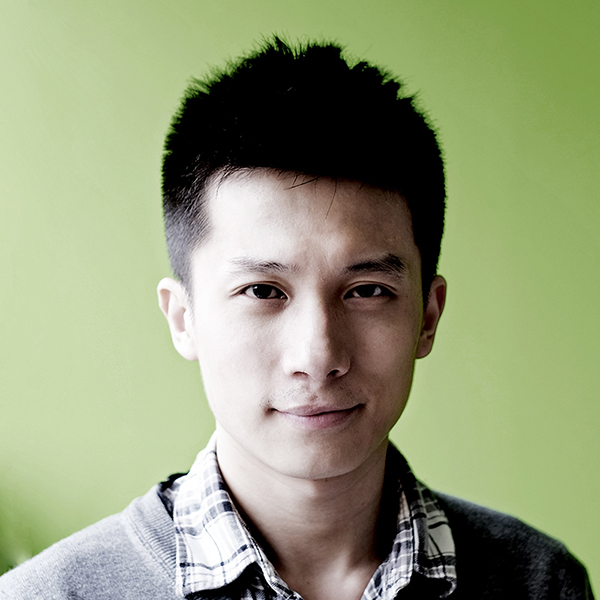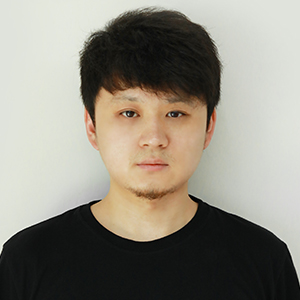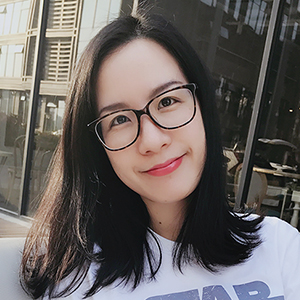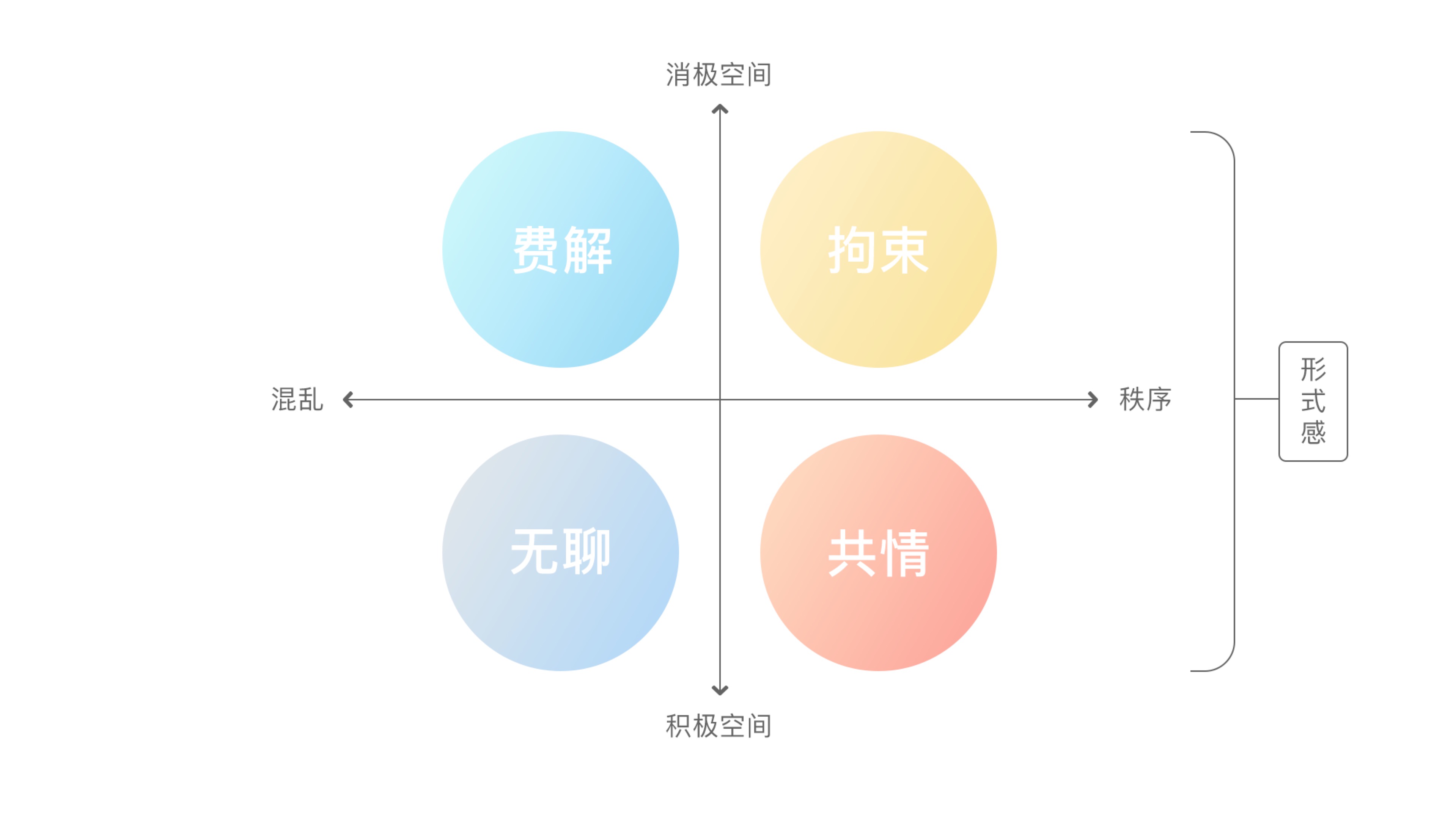-
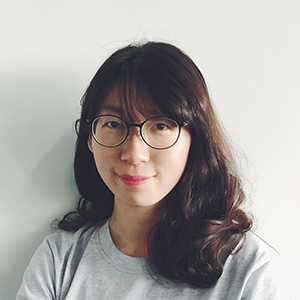 Sheng Zhixin
Tencent FiT
Senior UI Designer
Sheng Zhixin
Tencent FiT
Senior UI Designer
Formal sense design based on mental model
In continuous development, Internet design has experienced the changes from complex skeuomorph to simple flattening style at present, just like with the progress of fast-paced technology, life is constantly simplified and convenient, but meanwhile, the formal sense is gradually weakening as well. Although it is no longer the era to emphasize "form follows function", the relationship that form is attached to function remains unchanged. Certain formal senses in festivals can enrich and bring surprises to life, and it is the same in the design of Internet products, the design of formal sense is based on the perfect functions of products, which can bring some emotional experiences to users and strengthen their brand awareness.
For most designers, their personal aesthetic models and experiences often lead the design process unconsciously, and once rationally realizing that they should conduct visual design under certain circumstances, designers should master and apply this model, get closer to users and start from users' mind, strengthen the formal sense of products and make users empathize with each other emotionally in the process of product experience.
In this workshop, the keynote speaker will, combined with the whole design process of Tencent car-taking code tickets and from the analysis of users' mental model, share the experiences of defining styles and emotional designs of products:
1. Deduction of the definition of formal sense design
1.1 Simplification of forms and presentation of information levels
a. Design forms are to help users get updated information, guide them properly and make complicated forms easier.
b. Design forms with three-dimensional levels to achieve information visualization
1.2 Use design to achieve ‘those above have policies while those have perceptions’
a. Under this mental model of users, increase their credit and reduce their rejection feelings.
b. Minimize user operations
1.3 Let our products combine with emotions to realize an emotional service design, which can make our products more warm
2. Building between user's mind and formal sense design
2.1 Focus on the target: understand the product background and analyze the characteristics of target users
2.2 Build the kernel: define the main scene and the story background
2.3 Enrich the concrete image: rich visual performance to cause resonance with implicit memory.
3. Reshaping the design style, and extracting key visual elements (graphics, colors, text, materials, etc.) in multiple dimensions
4. Create design models of formal sense
4.1 Meaning: give the tickets meanings
4.2 Shape: define the main character’s shape
4.3 Context: define the story scene
4.4 Performance: show images and enrich pictures
1. Background introduction of the workshop , warm-up interaction
2. Case and methodology introduction: the analysis of the design process of Tencent’s car-taking ticket project
3. Explain the deduction of the definition of formal sense design with cases: building the users' mental model - how to define visually formal sense design
4. Group exercises, exchanges and summary
1. Visual designers
2. Brand designers
3. Product managers
1. Learn about the project experience of optimization in the design process of Tencent's car-taking tickets
2. Learn to build the formal sense of design, including how to define styles, how to extend styles and how to land it specifically.
3. Learn the commercial value of products and the routine of occupying users' minds, expanding design thinking and solving problems from the visual angle.
-
 盛辛欣 - 什么是形式感
盛辛欣 - 什么是形式感
-
 盛辛欣 - 用户认知路径
盛辛欣 - 用户认知路径
-
 盛辛欣 - 形式感设计思路
盛辛欣 - 形式感设计思路
-
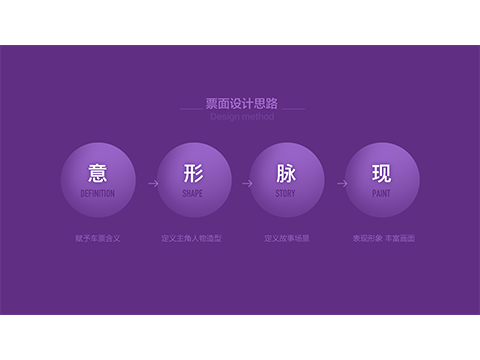 盛辛欣 - 票面设计思路
盛辛欣 - 票面设计思路
-
 盛辛欣 - 大众点评-最懂你
盛辛欣 - 大众点评-最懂你
-
 盛辛欣 - 大众点评-节日皮肤运营
盛辛欣 - 大众点评-节日皮肤运营
-
 盛辛欣 - 大众点评-图趣
盛辛欣 - 大众点评-图趣
-
 盛辛欣 - 腾讯乘车码车票
盛辛欣 - 腾讯乘车码车票

